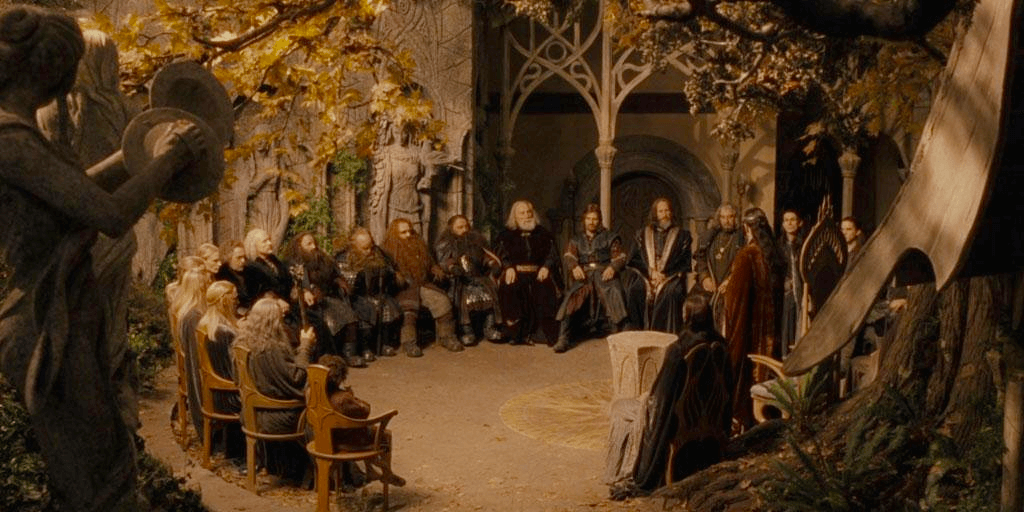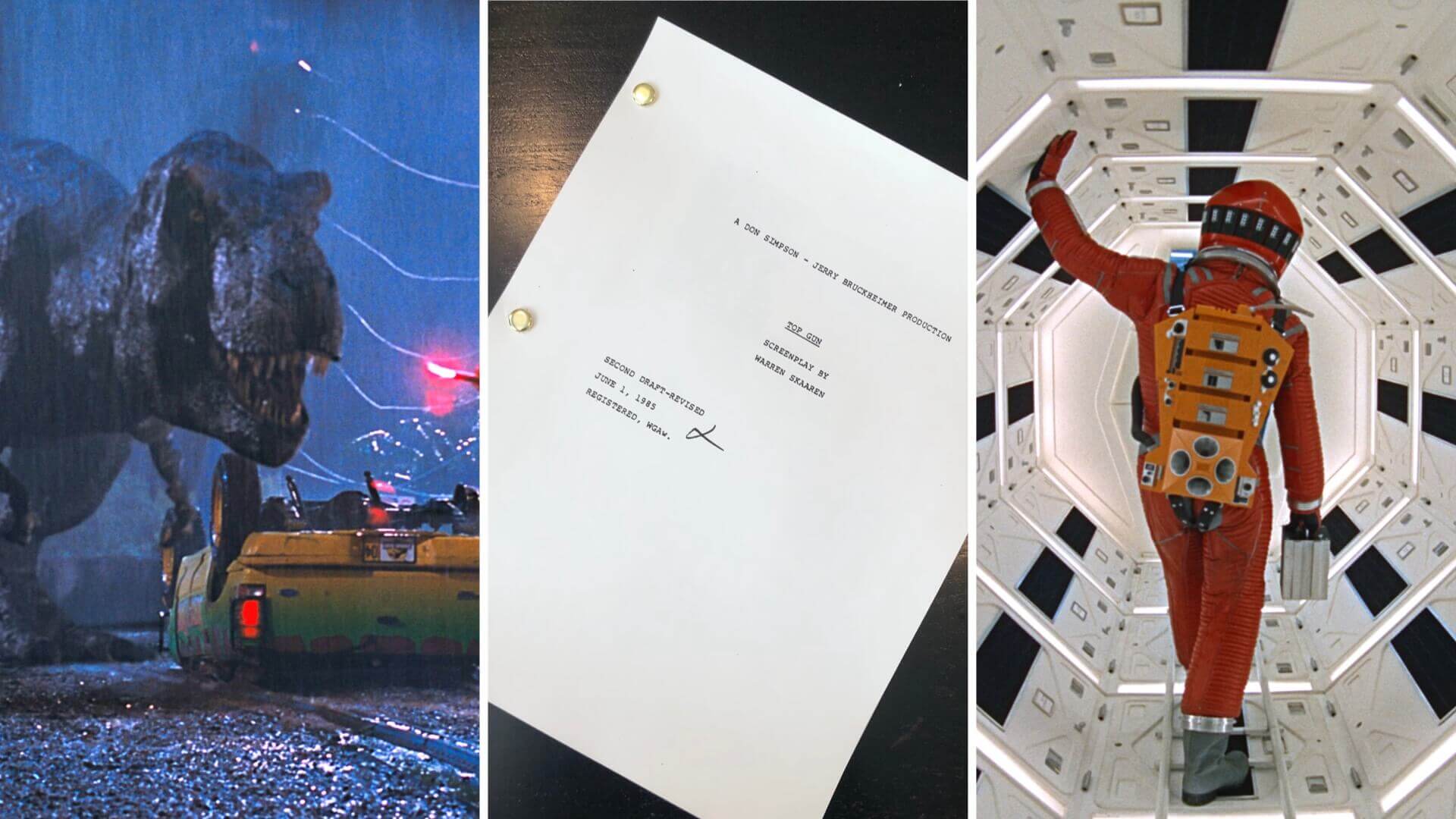Pacing is an elusive yet pivotal element in storytelling, acting as the rhythm that governs the reader’s journey through the narrative. It dictates the rate at which a story unfolds, influencing the tension, mood, and emotional resonance. Without pacing, a story can have an awkward sense of movement and flow. The best writers and storytellers are those that master pacing.
What is Pacing in Writing and Story?
First, let’s define pacing
Having established the importance of pacing in storytelling, let's delve deeper into its definition and the various forms it can take to gain a better understanding.
PACING LITERARY DEFINITION
What is pacing in writing and story?
In the realm of storytelling, pacing is the tempo or speed at which a story unfolds. It's the heartbeat of the narrative, pumping at a rate that drives the story's tension, mood, and emotional resonance. Pacing is crucial in storytelling. It is categorized into two types: fast and slow. Fast pacing uses a quick-moving narrative with frequent plot points, keeping readers engaged and creating high tension. Slow pacing allows deeper exploration of characters and settings with fewer plot points. It directly influences the story's structure, flow, and engagement. A well-paced story balances action and reflection, maintaining reader interest while developing characters and plot.
Function of pacing in storytelling
- Maintaining reader interest and engagement
- Moving plot development and character arcs
- Creating cohesive narratives
What is Pacing in Writing Used For?
Why is pacing important in a text?
Pacing is undeniably an essential aspect of storytelling and its importance stems from its direct influence on the reader's experience and engagement with the narrative. Let's take a look at the important functions of pacing in storytelling and writing.
Maintaining Reader Interest and Engagement
Pacing plays a paramount role in captivating and sustaining reader interest. A brisk pace may make a story exciting and exhilarating, propelling readers through action scenes or crises.
On the flip side, a slower pace allows for a deeper exploration of characters, their thoughts, and their circumstances, inviting readers to form a deeper connection to the story.
An example can be seen in the film Jurassic Park, where fast-paced action and suspense scenes are effortlessly intertwined with slower, poignant moments, maintaining viewer interest throughout.

Jurassic Park • Pacing Examples
Impact on Plot Development and Character Arcs
Furthermore, pacing is crucial in the development of the plot and character arcs. Rapid pacing can rapidly advance the plot, while a slower pace can allow for the gradual evolution of characters and their relationships.
Before Sunset, for example, demonstrates a compelling blend of pacing. The film seamlessly transitions between intimate conversations and reflective moments, creating a captivating story structure that delves into the complexities of human connection.
In this video essay, Lessons from the Screenplay explores the film's unique storytelling and how its structure enhances the narrative experience.
Lessons from the Screenplay • Before Sunset
Effects of Poor Pacing
Poor pacing can lead to a disjointed narrative, loss of tension, or even reader/audience disengagement. If a story is too fast-paced, the reader may not have time to invest in the characters or understand the plot fully.
Conversely, if the pacing is too slow, the story may appear to drag, risking boredom among the readers.
For example, the film Valerian and the City of a Thousand Planets was criticized for its pacing issues, making the narrative feel disjointed and impacting viewer engagement.
The pacing in storytelling is a rhythm that ebbs and flows, a beat that can make a narrative pulse with intensity or glide along on a melody of introspection.
Related Posts
How to Create Literary Pacing
Tips for Pacing
Understanding and mastering pacing in storytelling can significantly enhance a story's impact, reader engagement, and overall narrative quality. Here are some practical tips for controlling and manipulating pacing in your writing.
Varying Sentence Length
Varying sentence length can effectively manipulate your story's pace. Short, choppy sentences can create tension and speed up pacing, conveying urgency or high action.
On the other hand, longer sentences slow down the pace, allowing for more detailed descriptions and introspective moments. Consider the thriller novel The Da Vinci Code by Dan Brown, where short, terse sentences are used during action scenes to increase tension and speed up pacing.
Using Time Jumps
Time jumps can help you control the pacing of your story. Skipping ahead in time can speed up your story's pacing, making it feel faster and more engaging. This method is commonly seen in science fiction, fantasy, and psychological dramas. Few are better at this than auteur filmmaker Christopher Nolan.
Christopher Nolan • A Master at Pacing
Pacing in Different Genres
Pacing can differ noticeably between genres. Thrillers and action novels typically require a fast pace, keeping readers on the edge of their seats. Contrastingly, dramas and literary fiction may require a slower pace, allowing for character development and exploration of themes.
The Lord of the Rings trilogy is a remarkable illustration of balancing pacing in a genre blend. It captivates the audience with thrilling action sequences while providing ample room for character development in the slower scenes.

The Lord of the Rings
Assessing and Adjusting Pacing During the Editing Process
It's essential to assess and adjust pacing during the editing process. Read your story aloud or ask someone else to read it and provide feedback on the pacing.
If the story feels too slow, consider condensing scenes, removing unnecessary details, or incorporating more action. If it feels too fast, add descriptions or introspective moments. The editing stage is your opportunity to fine-tune your story's pacing.
Examples from Popular Literature
Popular literature provides numerous examples of effective pacing techniques. One such example can be found in Robert Ludlum's The Bourne Identity, which uses a mix of short, action-filled scenes and longer, more descriptive passages to maintain a rapid pace.
In contrast, Martin Scorsese's Taxi Driver utilizes a slower pace to contemplate themes of alienation and urban decay, showcasing how pacing can be manipulated to serve the narrative's requirements.
This video of interview bites of screenwriter Paul Schrader gives insight into how pacing between slow moments and action through crime creates a compelling narrative.
What Every Screenwriter Can Learn from Taxi Driver
Whether it's a fast-paced thriller keeping readers on the edge of their seats or a slow-paced drama inviting introspection and emotional connection, pacing can make or break a narrative.
Great writers need to master controlling and adjusting pacing to suit their story's requirements and genre norms. Effective pacing is an art, and like all arts, it requires practice, understanding, and developed sense of narrative rhythm.
Up Next
What is Story Structure?
As we transition from the intricate art of pacing to our next topic, we delve into another fundamental aspect of storytelling—story structure, a framework that breathes life into a narrative and shapes it into a compelling tale.
